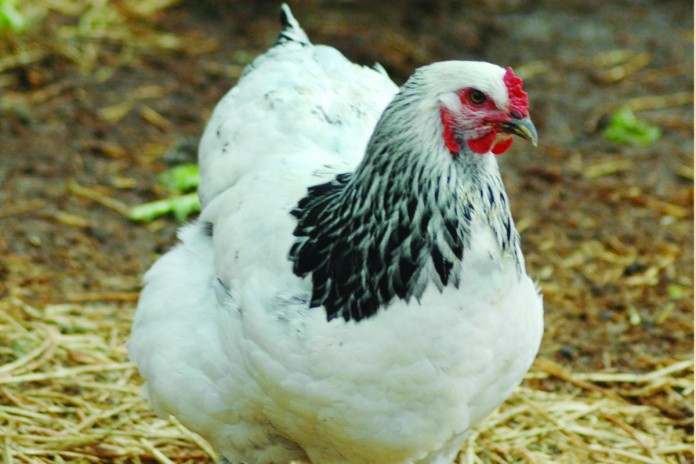SALEM, Ohio — The avian influenza virus that has swept across western and northcentral states is still a few hundred miles from Ohio and Pennsylvania. But experts are preparing for what could soon be in our part of the country, affecting domestic flocks and wild fowl.
The virus was first detected in December, and has now affected nearly 8 million birds. The current strain, known as “highly pathogenic,” has not been shown to impact humans.
When a bird tests positive, the typical response is a USDA-ordered depopulation of the affected flock, according to Mohamed El-Gazzar, poultry Extension veterinarian with Ohio State University.
The policy, he said, is to “identify the disease, control the case and depopulate the infected farms.”
Prevention measures
Because there is little a farm can do after it contracts the virus, El-Gazzar and other veterinarians are urging Ohio producers and poultry owners to do as much as they can to prevent it from reaching their farms.
That means stepping up biosecurity — limiting who can enter each facility and making sure whoever does is following the farm’s protocols, like showering, changing clothes and washing footwear.
Learn more: Visit USDA online.
It’s also important to limit any access to neighboring birds, including wild birds, which could infect domestic flocks, he said.
“They (farmers) have to be careful of how they go from building to building,” said Jarra Jagne, poultry veterinarian at the Cornell University Animal Health Diagnostic Center.
“When the disease gets in, it can spread very, very quickly.”
Jagne and other experts are trying to figure out how the virus is being transmitted from wild birds, to the farm.
The virus has caused major losses for poultry producers, who have endured various, temporary trade bans over the past few months, as a result of the influenza.
Vaccine problems
Jagne said the problem with vaccinating birds is that other countries often do not have the necessary equipment to distinguish between birds that are vaccinated for certain viruses, compared to those that may be naturally infected with a virus.
This results in a total ban of poultry and poultry products, she said, because the importing country can’t be sure of what it’s importing.
When a country enacts an import ban, Jagne said it often bans imports from the entire United States, which is eventually reduced to just the state where infected birds were found, and eventually lifted, if the U.S. can demonstrate to the World Organization for Animal Health that the birds and bird products it’s exporting are safe.
This process can take several weeks, she said, because specific procedures have to be followed after the depopulation, to ensure the farm is safe to produce more birds.
Better than alternative
El-Gazzar said the whole process can be costly and time consuming for producers — but the alternative, he said, “is to have the disease (become) endemic.”
Right now, experts like El-Gazzar are in a state of preparing, with their own staff and with state and federal staff, for whatever happens.
“Everyone is just sitting down and looking over contingency plans,” Jagne said.
So far, the influenza has been detected in various states across the Pacific, Central, and Mississippi migratory flyways, or bird paths.
Surveillance works
In Pennsylvania, Acting Agriculture Secretary Russell Redding is reminding producers to practice constant surveillance of the birds under their care.
That includes keeping all areas around the flock clean, ensuring newly added birds are free of any signs of disease, watching for warning signs of infection, and immediately reporting signs of sick birds.
This surveillance has worked well in his state, where no highly pathogenic avian influenza viruses have been detected since a devastating outbreak in 1983 and 1984, when Pennsylvania lost 17 million birds.
“We’ve taken an abundance of caution in our testing protocol that has served our state well for more than 30 years,” said Pennsylvania State Veterinarian Craig Shultz, in a released statement. “When a case of avian influenza occurred in 1998, we found it quickly and secured it before the disease became a statewide problem.”
That’s what other veterinarians are hoping their state’s poultry owners will do — secure the problem before it becomes an even bigger problem.












